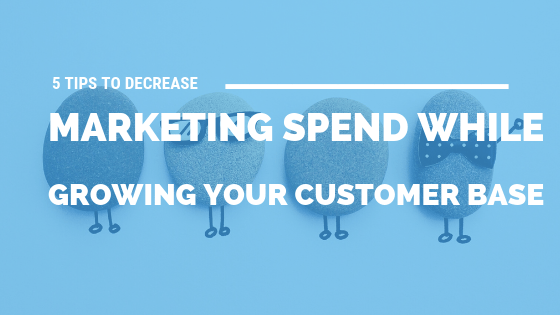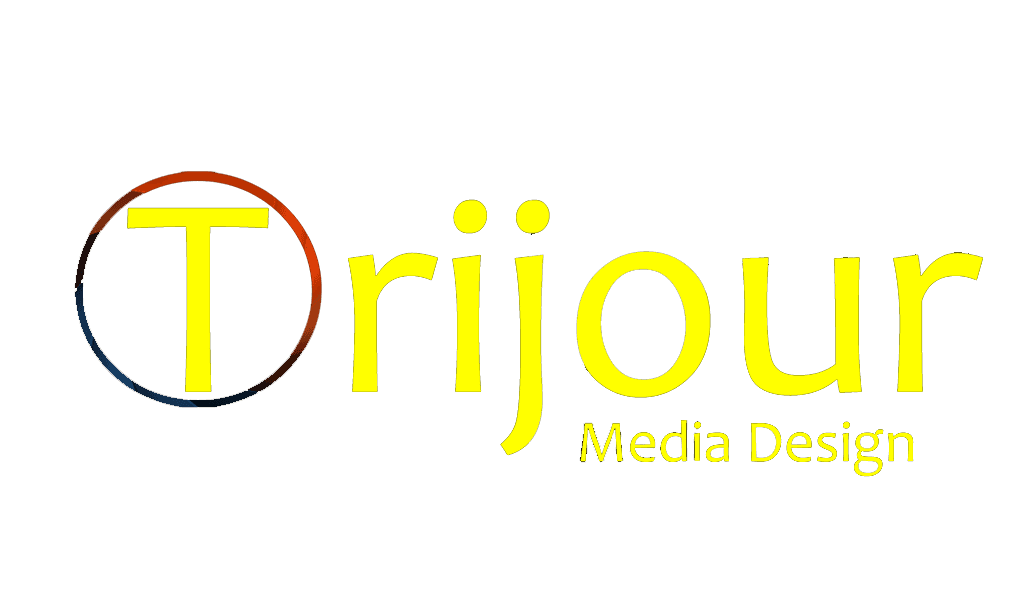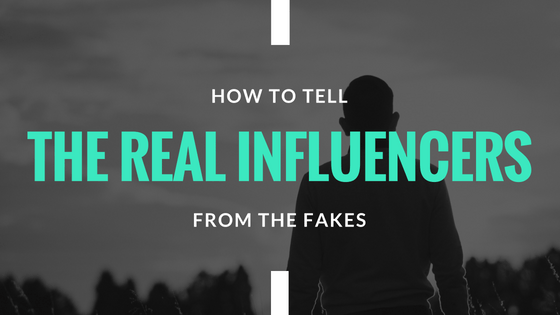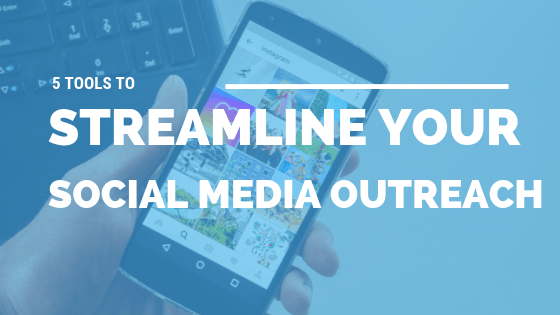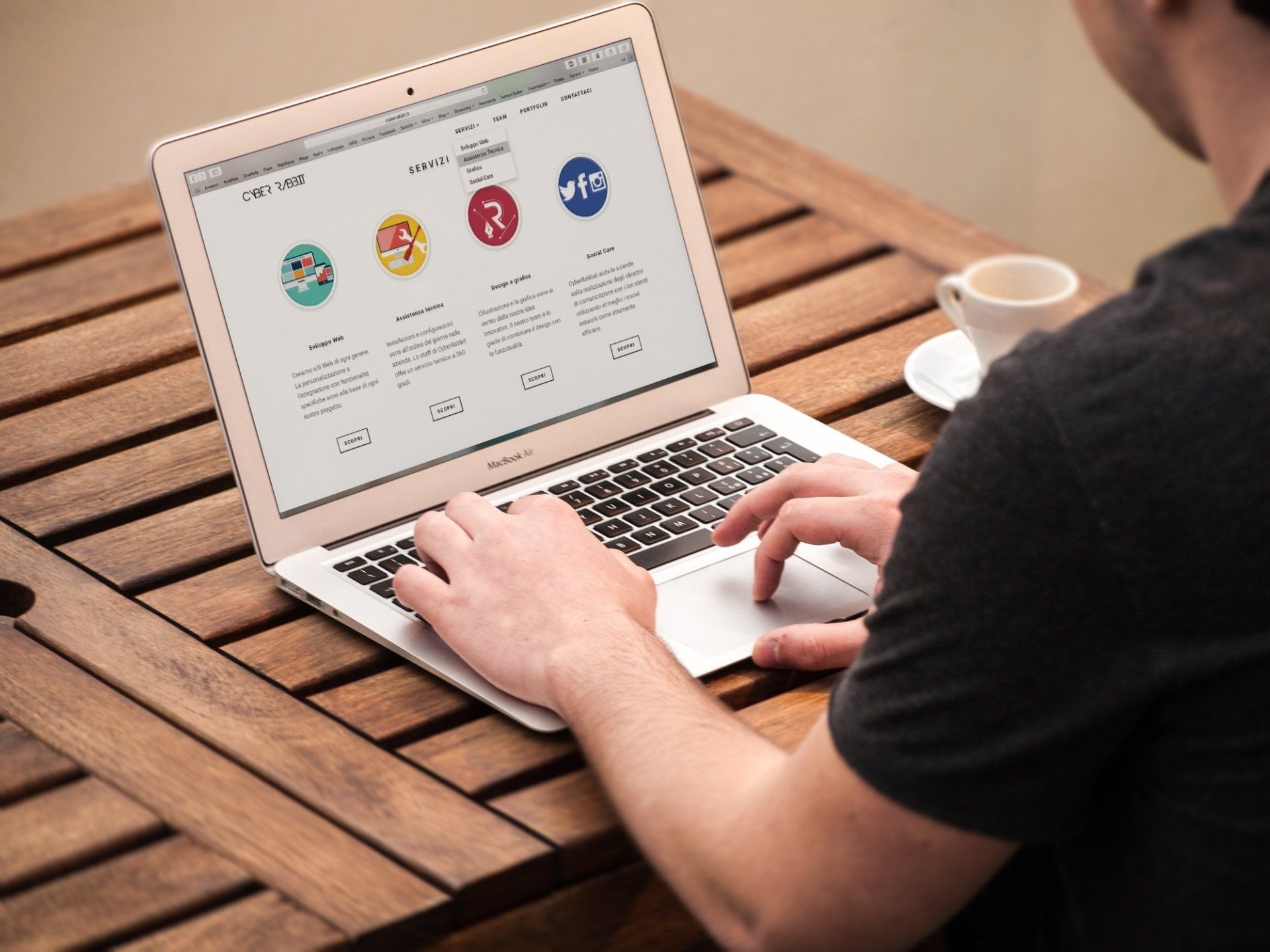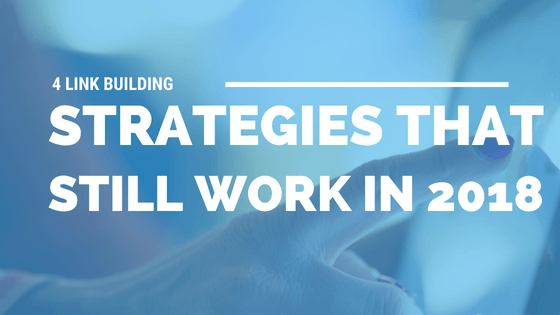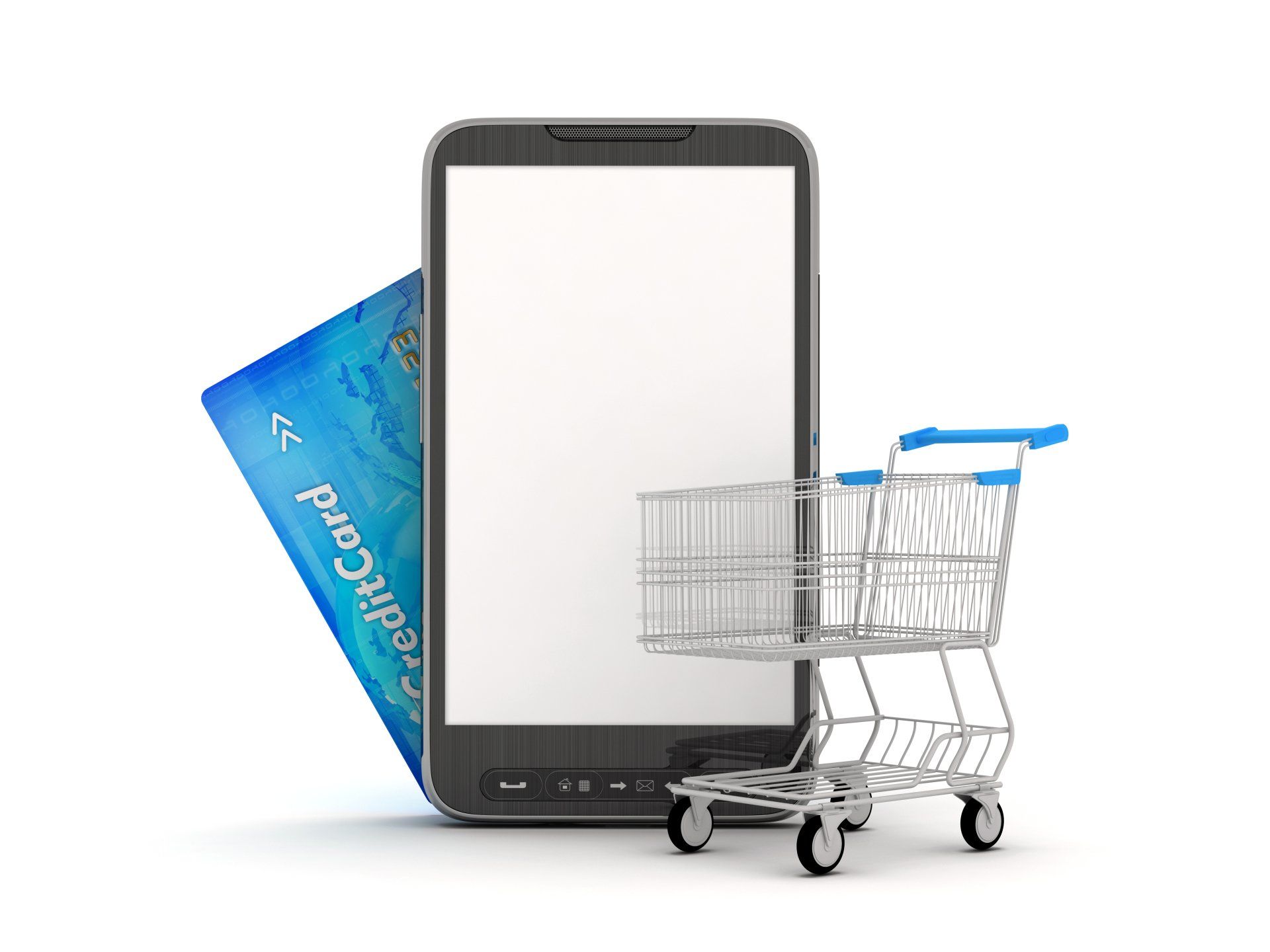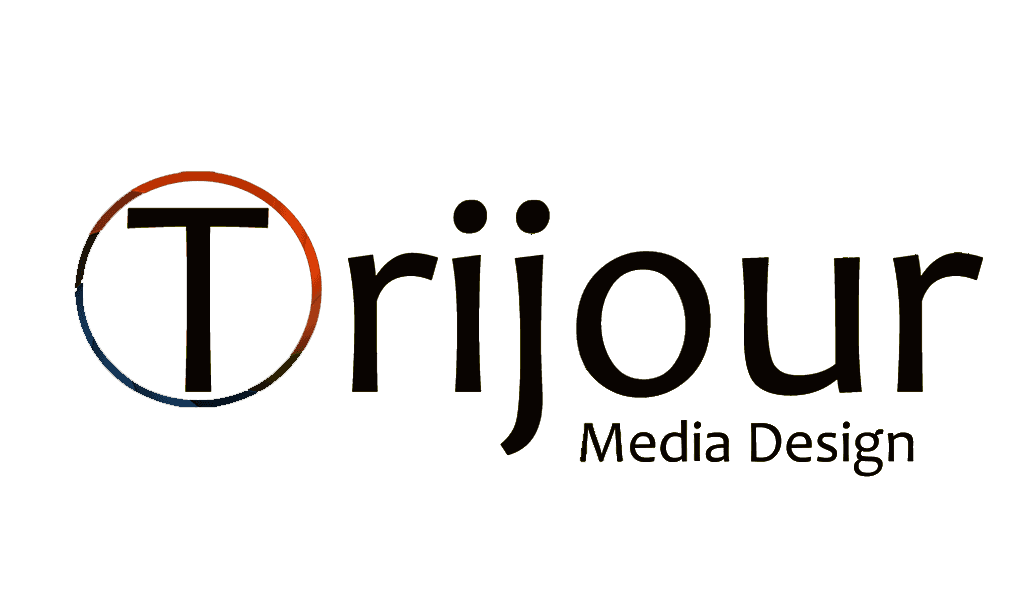How to Tell the Real Influencers from the Fakes
Social media is many things to many people, but for some, it
comes down to a popularity contest. People on platforms like Twitter and
Instagram compete to see who can attract the largest audience, engaging with
their fans, jumping on hashtags, and honing their brand in order to amass a big
group of spectators. And since these sites are public about how many followers
a person has, there’s a snowball effect. People are much more likely to jump on
the bandwagon and follow a person if they see that they’ve already got a lot of
fans onboard. If the ball keeps rolling, that person can become an influencer,
partnering with brands to promote them to their following. But not all accounts
with tons of followers got them honestly, and these “fake influencers” don’t make
good marketing partners. Here’s how to know which influencers are really making
an impact, and which are faking it in hopes of making it.
1. Check for Unnatural Growth
While it’s not unusual for an account to gain followers quickly over a short period of time, this happens for a reason, usually because a post or an interaction goes viral and/or is reposted by a larger account. That being said, if an account has a burst in growth with no apparent cause, or the account is growing constantly but not consistently posting any content, that’s a sure sign the account owner is purchasing followers. You can use SocialBlade to track user statistics for accounts on YouTube, Twitch, Instagram, and Twitter in order to determine how many followers your potential influencer is adding or losing every day.
2. Examine Engagement Numbers
Accounts that have a ton of real followers also have a ton of engagement. People follow them in order to actually see what they post, and they respond to it, by commenting, liking, or sharing the content. Obviously not every follower will react to every single post, but if an account with 250,000 followers is regularly posting statuses that only two or three people engage with, that’s a sure sign that most of their army of followers are fake. You can also look more closely at who actually follows the account. Look for accounts with nondescript names, often with numbers in the username, that don’t post anything but follow a lot of accounts. These are bots. And if you can find two bots that follow both your potential influencer and each other, you can bet the influencer is buying a following.
3. Look at the Follower-Following Ratio
Aside from directly purchasing followers from third-party sites (which typically command armies of bots that they can instruct to follow anyone who pays their owner a bounty), people also increase their followers by using their own bots that automatically follow other accounts, like their content, and even post comments. These bots bank on the tendency of people to follow anyone who follows them back. Take a look at your potential influencer’s following count as compared to the number of people that follow them. If the accounts they’re following add up to more than 5% of their follower count, they’re spamming to get followers, meaning they’re probably a fake influencer.
4. Determine If the Account Is Mainly an Aggregator
Some accounts build huge amounts of followers without ever producing a single original thing. Instead, they scour the web for content that’s already proven to generate interaction and repost it for their own audience, a practice known as aggregating or curating content (depending on who you ask). While it’s not the same as buying followers, aggregating content isn’t usually the key to becoming a powerful influencer. Users enjoy the stuff the account posts, but they’re less likely to be truly engaged with the personality behind the posts, which is one of the keys to being an effective influencer. If they’re not invested in the account owner’s point of view and preferences, they won’t trust their recommendations or endorsements of products and services.
For some people, a large following on social media isn’t just a badge of honor. It can be an asset to be leveraged into business opportunities, like influencer marketing partnerships. Unfortunately, that also means that unscrupulous users have found ways to artificially inflate their following, in hopes of scamming money out of companies looking to appeal to their audience. Use the tips above to spot these fake influencers.
